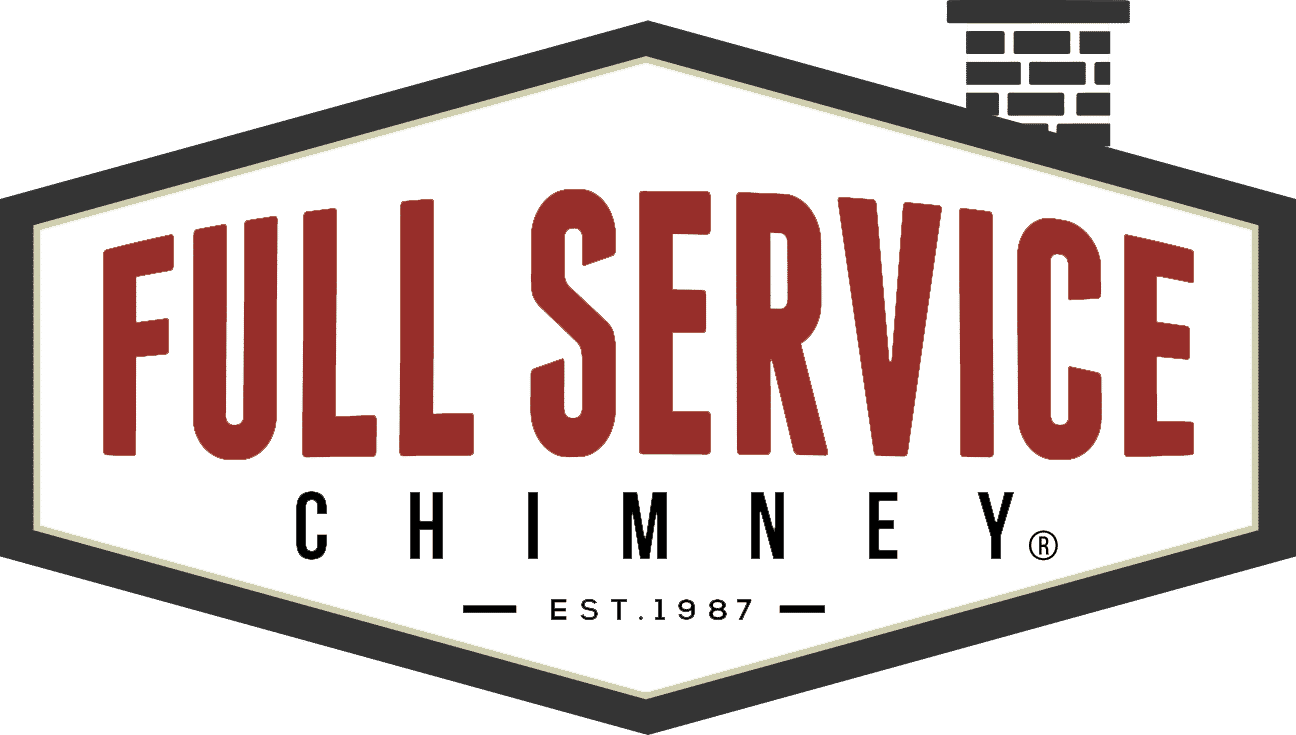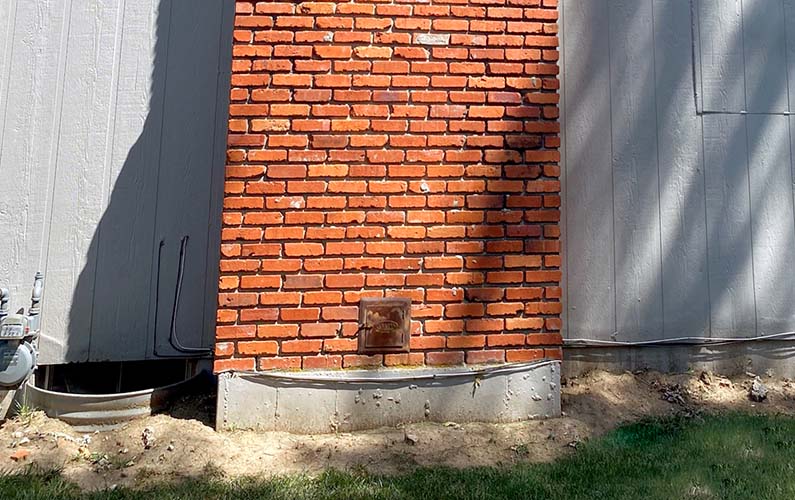A chimney can be a beautiful and functional piece of a home. The classic look gives the house a certain charm, while the chimney itself allows you to bring in warmth on cold days. Fireplaces can even boost a home’s value by up to $12,000 depending on the location.
However, if you have a leaning chimney, this asset can quickly turn into a liability. A leaning chimney can cause major problems on its own and can point to deeper problems within the house’s foundation.
But why do chimneys lean like this? How does the foundation impact them? What additional problems do they indicate? We’ll explore these questions and more right now.
How Chimneys Impact Foundations
One of the main ways in which you may end up with a tilting chimney is from problems with your house’s foundation. However, understanding these problems requires understanding the way a chimney sits on your house’s foundation.
The first thing to know is that the foundation beneath your chimney is particularly prone to damage. This is because of the way chimneys are typically built.
When a chimney is built, it is usually built on a piece of the house’s foundation that just out from the rest. Sometimes, this piece may not even be connected to the bulk of the foundation. This position of separation makes this portion of the foundation vulnerable to begin with.
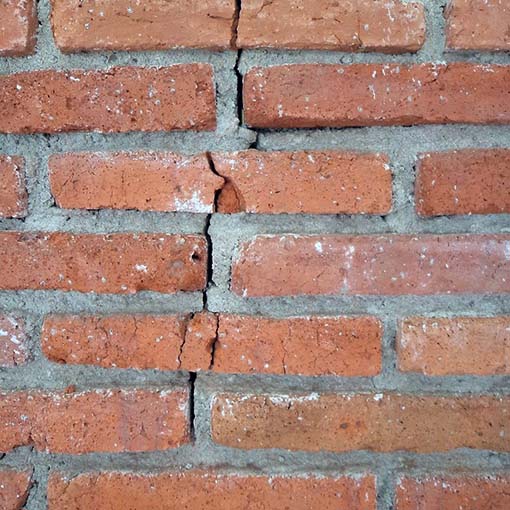
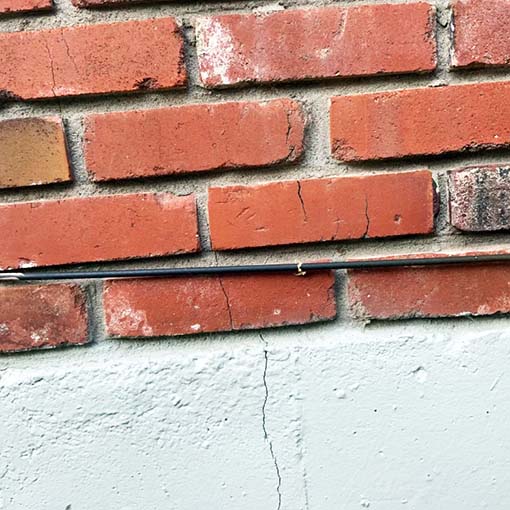
Chimneys also put a lot of weight on the foundation below them. A chimney is made from heavy material that goes straight upward. This creates a perfect storm, where the immense weight of a chimney is concentrated in one specific place.
This is where the problem lies. A chimney places tremendous weight on a piece of the foundation that is already vulnerable. This situation may be fine for a while but it can become problematic in the future. It is particularly problematic for a brick chimney tilting due to the additional weight.
How Foundations Impact Chimneys
The dangerous situation described above can lead to a crack or separation in the foundation. This can happen as the result of several different situations.
One source may be erosion. Rain can cause water to seep below your house’s foundation. This can wear away the foundation’s support system. With this support system weakened, it may be just enough to cause the foundation to crack or fully separate from the rest of the house.
Another source may simply be time. If the foundation of your house was constructed poorly, the area underneath the chimney may simply give way over time.
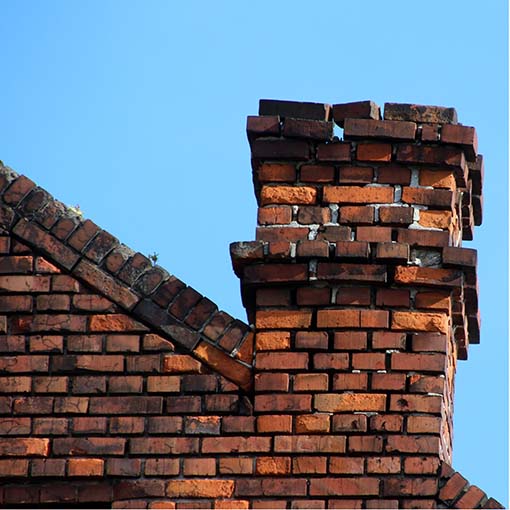
If either of these situations occur, the foundation below the chimney will be free from the rest of your house’s foundation. The chimney will then have less support, causing it to lean. This can be slight at first but can become more pronounced as the problem worsens.
If left untreated, the chimney could end up failing or falling entirely. This is obviously a major issue that can lead to financial and even physical injury.
Additional Foundation Problems
If you have a leaning chimney, you may already be aware that it points to problems with the area beneath the chimney. However, this is not the only problem it points to. The same problem may be affecting other areas of your house as well.
For example, if your chimney is leaning due to erosion, other areas around your house are likely to be facing a similar problem. If the problem is lackluster foundation materials, then the rest of the foundation is probably made from those same materials.
In either case, the problem is not confined to one area. It simply had the first noticeable impact on the chimney.
This is because of the chimney’s unique vulnerability. A chimney stresses the foundation. This stress may be what exposed the problem first. However, just because problems show up here first does not mean they will not spread elsewhere.
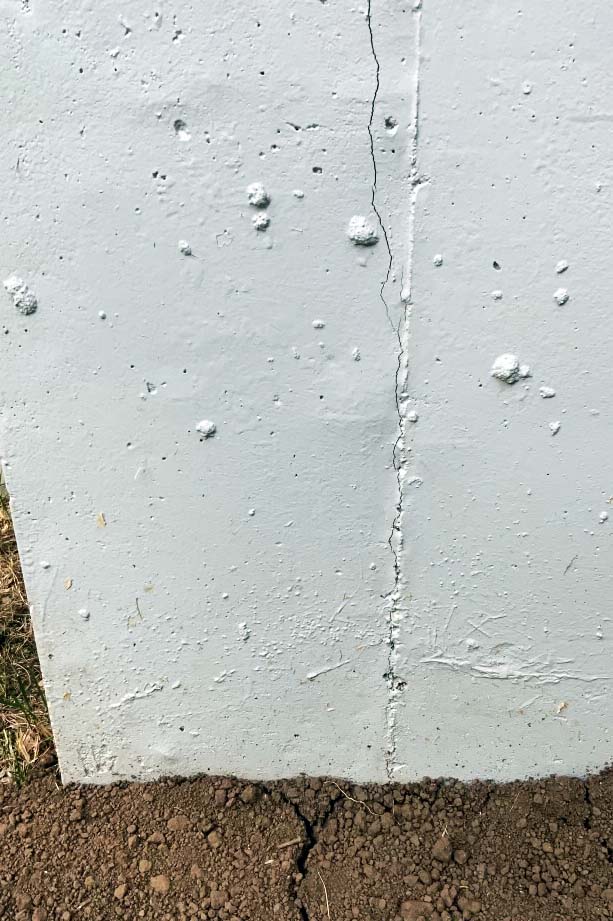
Erosion may be working away at another piece of the house. Eventually, that may lead to a section of the house sinking or becoming unlevel. In addition, more cracks may appear in the foundation. This could cause cracks in the house, which can lead to problems of their own.
This is why a leaning chimney can point to a far more serious problem. The foundation beneath your chimney may have been a warning sign pointing to problems with your whole house’s foundation.
All of this is why house foundation repair is important. In fact, it may be necessary before leaning chimney repair is attempted.
Chimney Foundation Repair
If your chimney is pulling away from the house foundation, you may already be aware that there is a problem somewhere. No matter where this problem is coming from, it needs to be addressed before it is too late.
One of the easiest ways to do this is to contact a local chimney services company. During your initial contact, you can ask any questions you have: such as “how much does it cost to fix a leaning chimney?” or “what level of help do you think I need?”
From there, you can schedule an inspection. This gives the professional an on-site view of the problem. This can give them more information that will help determine exactly what the problem is and where you need to go from there.
If this problem is not taken care of, it can get worse. The chimney may end up separating from your home entirely. In addition, the problems with the foundation may become more widespread and impact your house as a whole. Addressing this issue quickly is a big concern.

What a Leaning Chimney says about a Home’s Foundation
A leaning or tilting chimney can cause trouble on its own. However, it may be telling you that there is a problem with your house’s foundation. This problem may already be present and, if left untreated, may continue to get worse over time.
Request a call from Full Service Chimney™ in order to have your home’s chimney problems evaluated as soon as possible!
